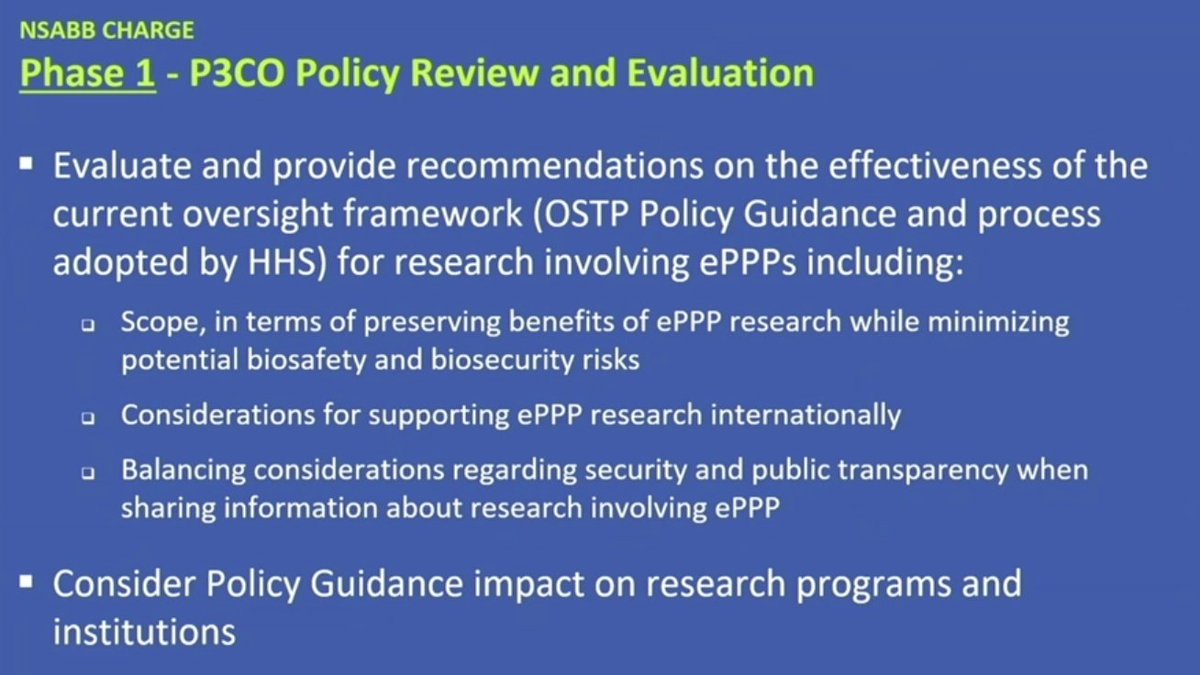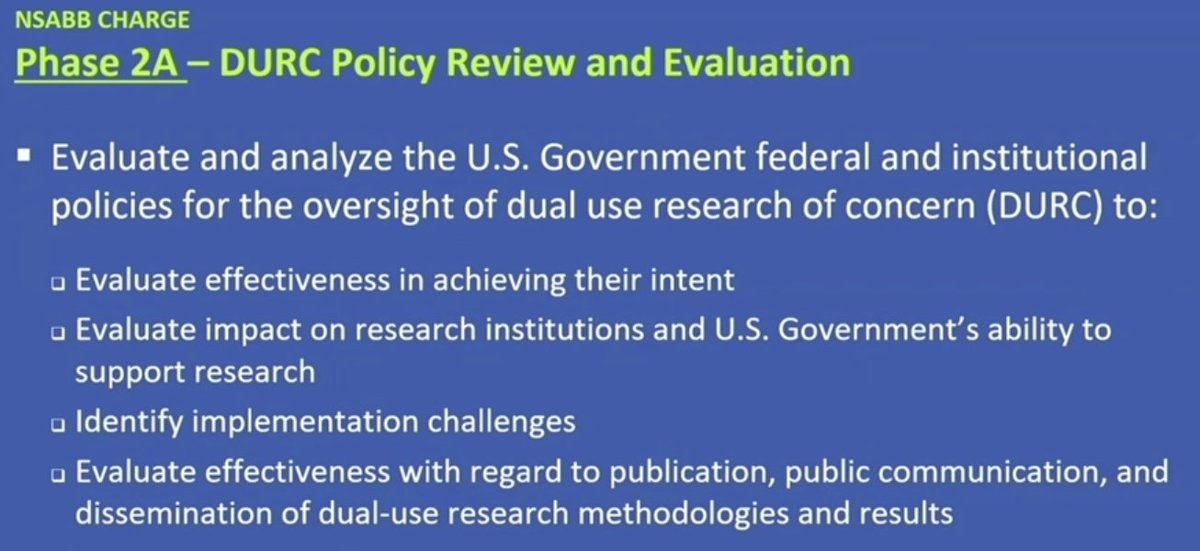
My main takeaway from this report by @theintercept @MaraHvistendahl is there is a Year 6 report potentially describing more work done at the Wuhan Institute of Virology - that the NIH received from EcoHealth in June 2021 but has not shared with reporters.
theintercept.com/2022/03/03/wuh…
theintercept.com/2022/03/03/wuh…
@theintercept @MaraHvistendahl Article quotes @FilippaLentzos co-director of King’s College London’s Centre for Science and Security Studies: “By only communicating through litigation requests, it comes across as though [NIH]’re covering something up.”
Note that Peter Daszak, president of the EcoHealth Alliance told @theintercept “Even though we didn’t have access to the [NIH] funding, we still had to file reports on it. So we then filed the Year 6 and 7 reports.”
Even without receiving funding, the work went on for 2+ years.
Even without receiving funding, the work went on for 2+ years.
So where are these year 6 and 7 reports describing bat coronavirus research in China organized by the EcoHealth Alliance?
Do reporters have to go through another year-long FOIA process to obtain these reports from the NIH?
Do reporters have to go through another year-long FOIA process to obtain these reports from the NIH?
Clarification from @MaraHvistendahl on the Year 7 report:
https://twitter.com/MaraHvistendahl/status/1499441133948182529?s=20&t=AGZXKoqm-3fDNgehJfaz7g
Reminder that NIH had somehow forgot to include the Year 5 report when @theintercept had FOIA'ed them for EcoHealth grant reports.
That Year 5 report was later produced by NIH, revealing risky experiments with human pathogen MERS virus.
theintercept.com/2021/10/21/vir…
That Year 5 report was later produced by NIH, revealing risky experiments with human pathogen MERS virus.
theintercept.com/2021/10/21/vir…
• • •
Missing some Tweet in this thread? You can try to
force a refresh












